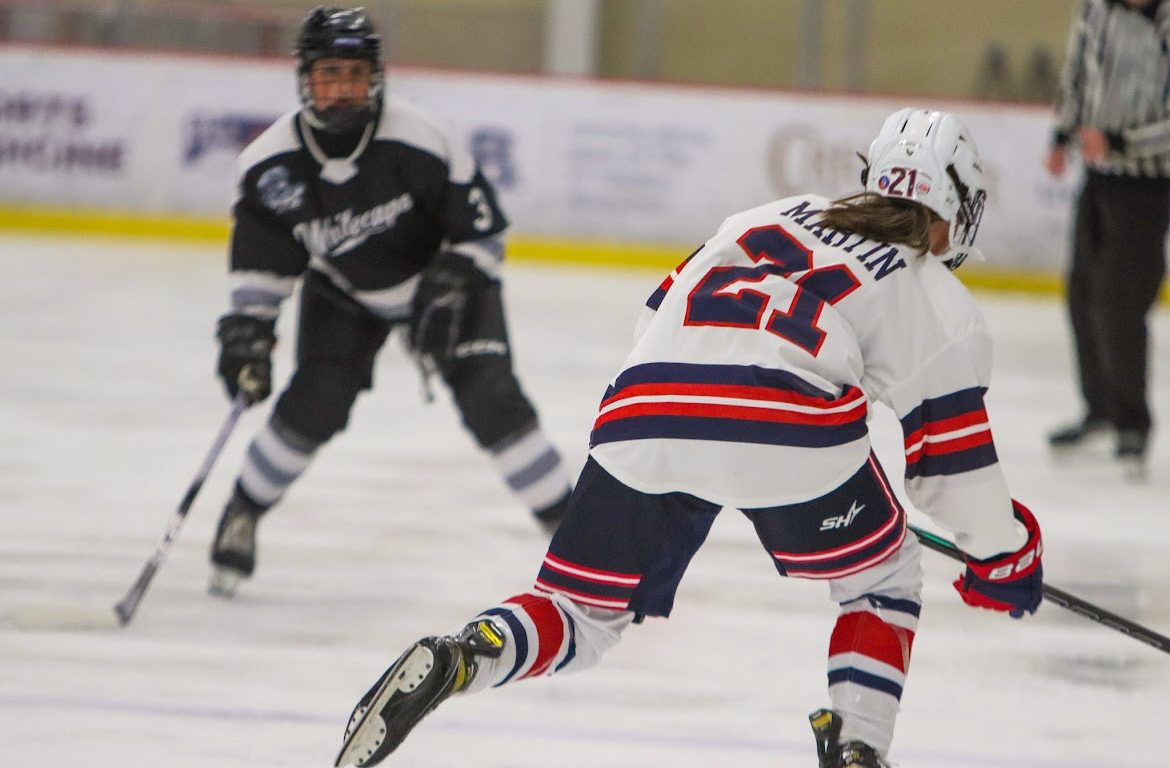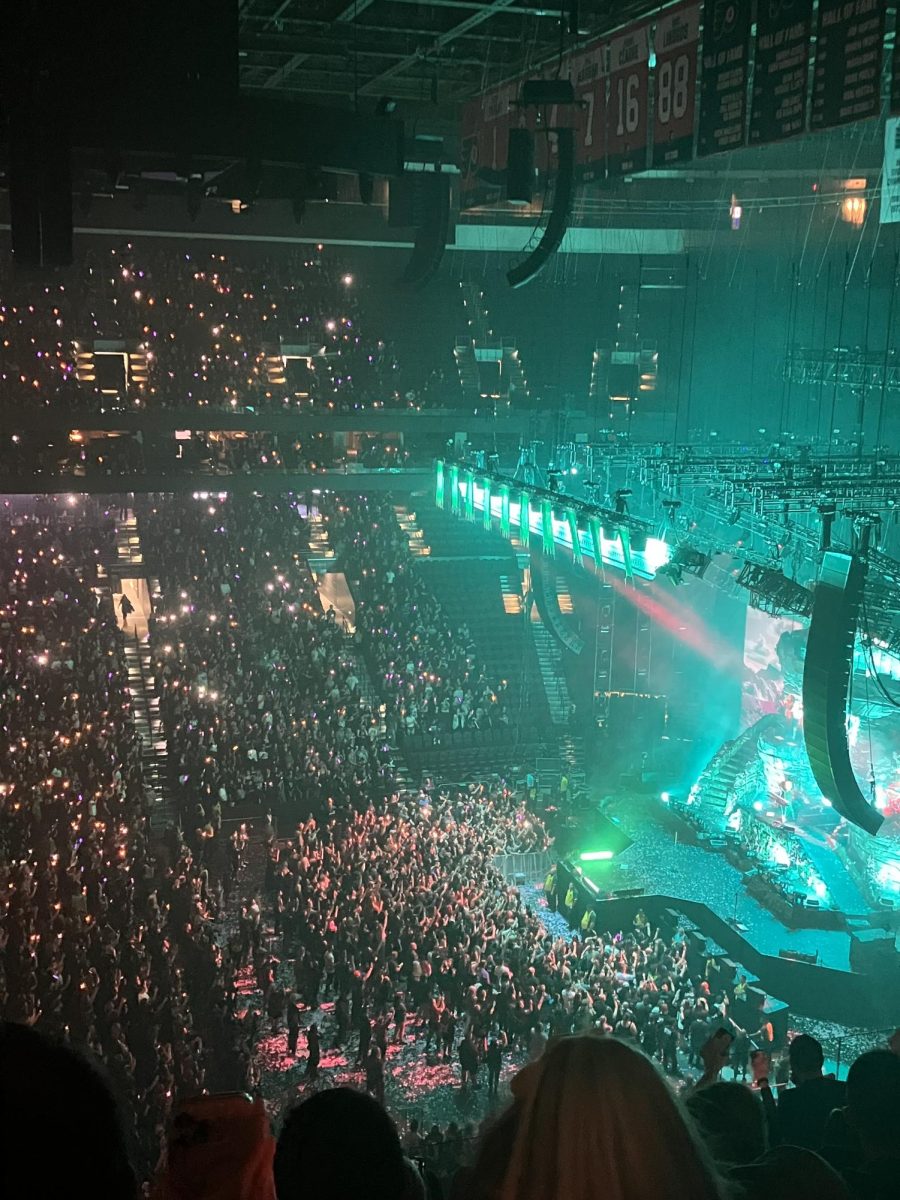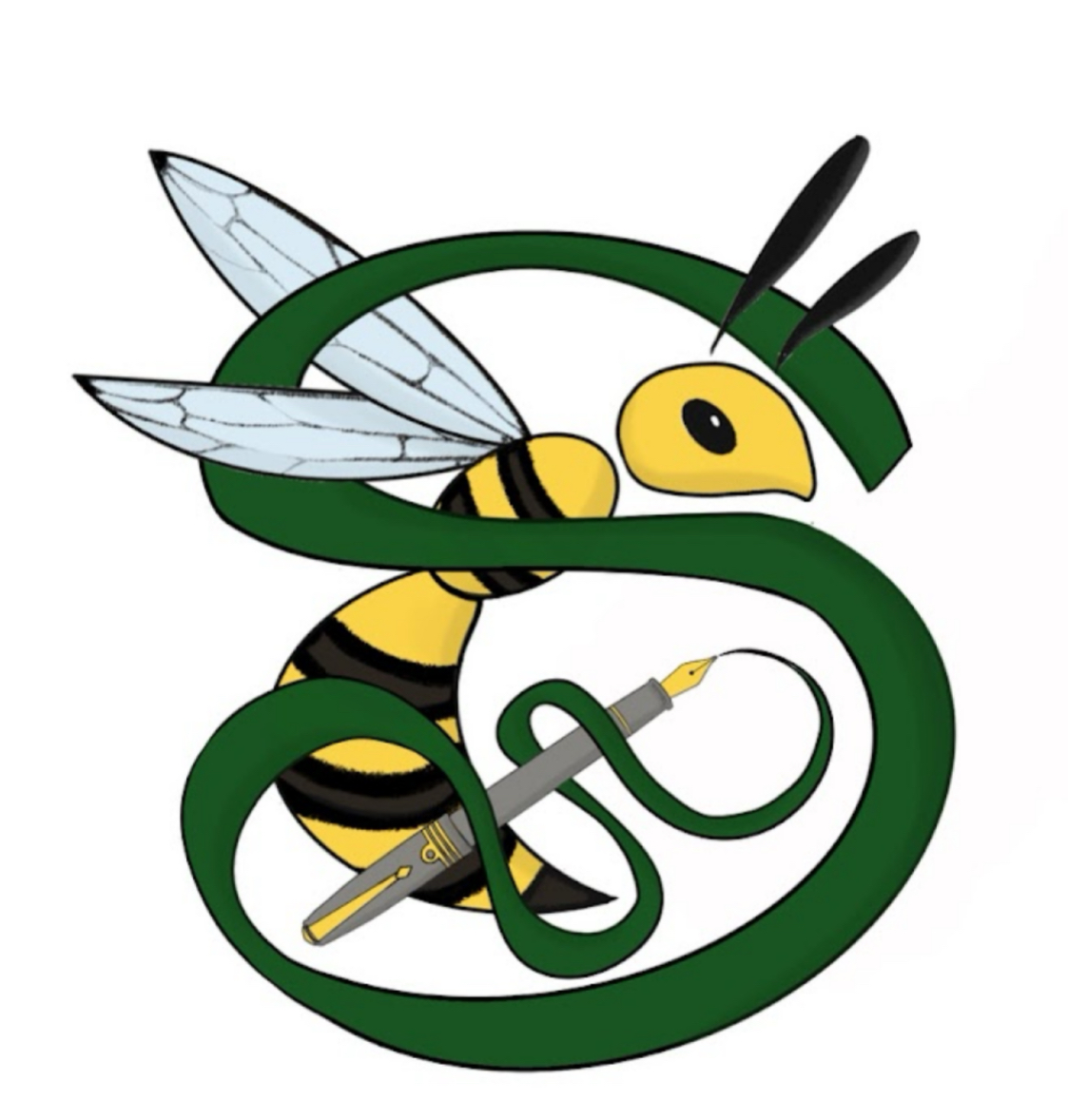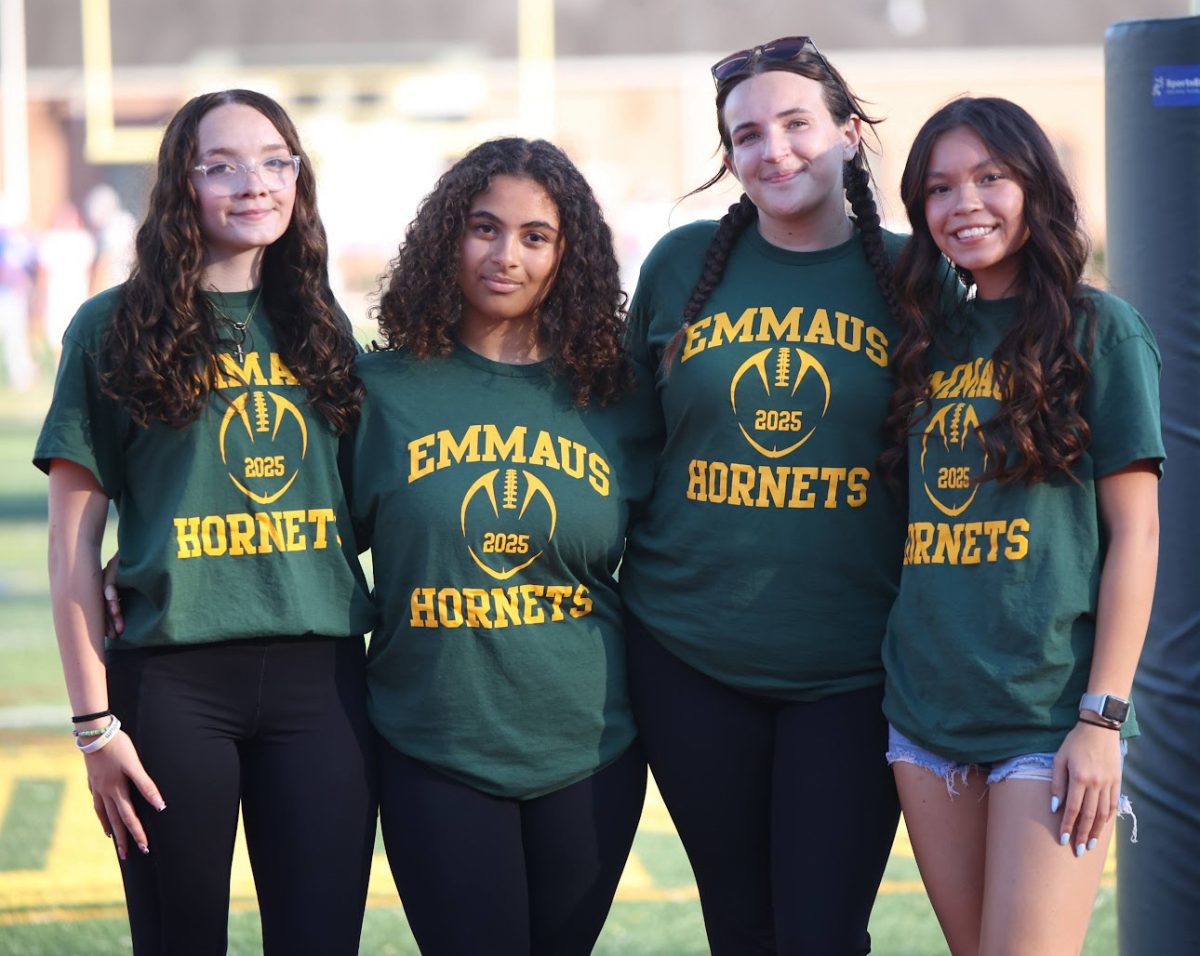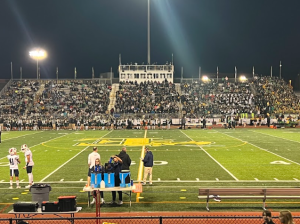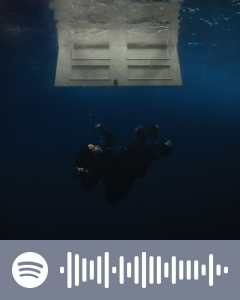A New Hope
Apr 17, 2021
When my mom first asked me if I wanted to participate in the COVID-19 vaccine trial for adolescents, my response was a blunt no. Why? I didn’t want an experimental substance inside of me, because I didn’t know what side effects there would be. Now though, after the pharmaceutical company Pfizer and their partner BioNTech have released the data for their Coronavirus vaccine trial in children ages 12-15, I’m beginning to change my mind.
The 2,260 trial participants were split into two groups. One group received two doses of the vaccine while the other group got a placebo that was just saline. There were 18 cases of COVID-19 recorded among the placebo group, and no cases of the virus were found in the group that received the vaccine. In addition, the children were found to produce more antibodies than the majority of the people in the previous trial of ages 16-25. Side effects in the vaccine trial for adolescents were similar to the effects the majority of adults felt after the vaccine was administered to them: pain, fever, chills, and fatigue.
Just the other morning, while watching the news before school, I was both surprised and intrigued to find that the vaccine in children had been 100 percent effective. This made me hopeful that if many of my classmates would eventually be receiving the vaccine, we could finally head back to some form of “normal.”
As a fully remote student, I personally miss going to school in person, as I’m sure many students across the world do. I am thankful that we can at least talk to a teacher or our classmates through Zoom, but it just isn’t the same. For one thing, technology issues make learning more difficult. The computer sometimes lags for me while I am speaking, so it is hard to communicate with the teacher and my peers. Another downside to online learning is that the social aspect of school has almost completely vanished. Nobody really feels comfortable speaking in Zoom, and we don’t have lunch with any of our friends if we’re fully remote, so there is almost no interaction between students during school.
As much as I want to go back to in-person learning, I harbor several concerns about contracting COVID-19. I don’t fear just for my own safety, but for the safety of some of the high-risk people around me, including my grandmother. According to a Feb. 9 survey by the National Educators Association, about 1 out of 5 — or 18 percent of educators across the U.S. — have been vaccinated. Though the number has likely increased over the past two months, I still would not feel safe attending in-person learning if my fellow students as well as several of my teachers were not vaccinated for COVID-19.
After seeing the results of the vaccine trial, I am leaning towards getting the vaccine once it has been made widely available. Although it was 100 percent effective in this initial trial, it was only one trial. I expect the 100 percent effectiveness to decrease once the vaccine is released to the general public, particularly with the spread of variants.
All in all, I think that with more and more vaccines coming out, we are coming closer to finally overcoming the pandemic and returning to some form of normalcy. Granted, I imagine we’ll still have to wear masks and stay socially distanced when all of us eventually return to in-person learning, but it’s a step in the right direction. Although there are a few vaccines currently available and more on the way, we still have to remember that variants of COVID-19 are developing and we should stay ever vigilant against them.
AstraZeneca recently began to test their vaccine in children 6 years and up, so rapid development is happening with the production of several vaccines in different age groups. According to Alex Gorsky, CEO of Johnson & Johnson, their company’s vaccine for children under 18 should be ready by September of this year. On March 16, Moderna began their vaccine trial in children of ages 12 and under.
With so many choices for vaccines coming later this year, I am optimistic that by the start of the 2022-23 school year, nearly every student, teacher, and staff member is fully vaccinated and attending school in-person. In the meantime, we should stay safe and continue to be wary of the threat COVID-19 and its variants still pose.
Ayaan Shah is an eighth-grader at Eyer Middle School.




